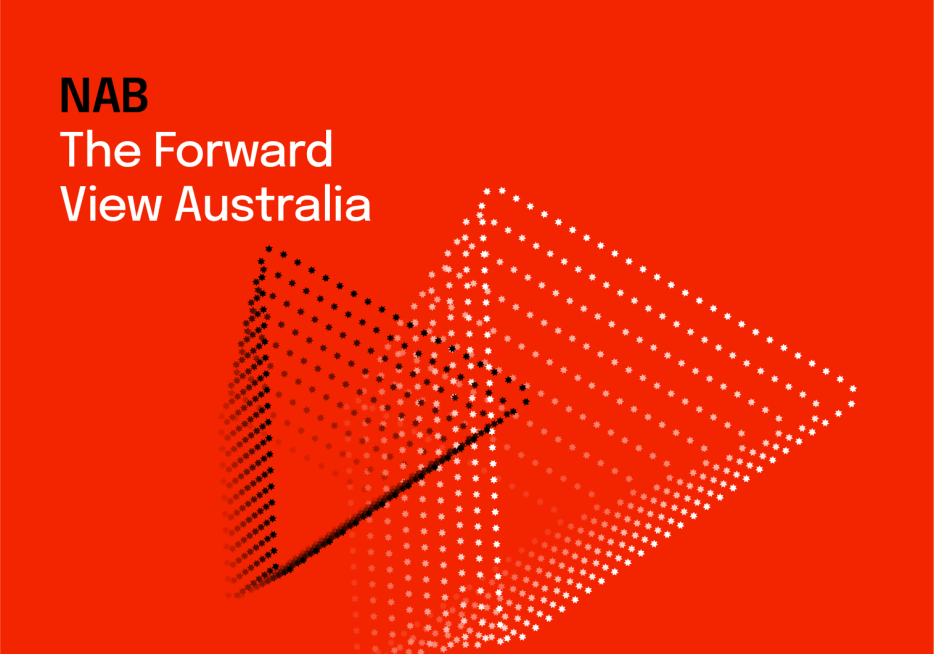Firmer consumer and steady outlook


Insight
With exchange traded funds, gaining exposure to a range of high-tech overseas businesses can be as straightforward as buying a share.

Ever considered investing in some of the world’s top cyber security companies?
Without a doubt, getting comfortable with overseas businesses that deal in the latest technological advancements can be somewhat daunting (especially when it comes to the likes of aerospace and defence).
Yet there is a relatively uncomplicated way to gain exposure to this industry. It’s a matter of buying shares in HACK, an exchange traded fund (ETF) listed on the Australian Stock Exchange. It works to track the performance of the Nasdaq Consumer Technology Association Cybersecurity Index (before fees and expenses) by buying shares in a range of cyber security companies. These hail from several different countries and sectors, including aerospace and defence.
Convenient, right? And the possibilities don’t stop there. In fact, there is an ever-growing array of ETFs offering exposure to all manner of asset classes including Australian and international shares, bonds, property securities and commodities. There are also ETFs which provide exposure specifically to currencies and high-dividend shares.
As an investor, all you have to do is determine the price you’re prepared to pay for the ETF’s shares.
But what exactly are ETFs and how do they measure up to the competition?
As nabtrade Head of Self Directed Investing Brett Grant notes, ETFs have much in common with traditional managed funds. They too are open-ended investments that have traditionally invested in a variety of shares or assets in a particular asset class in order to replicate the performance of a sector or an index. The emergence of actively managed ETFs and factor based ETFs are giving investors more choice beyond index replication.
Where they differ is that ETFs are listed on a stock exchange. But that only makes them easier to invest in, argues Grant. “The price discovery process is simpler in that it is constantly available when the market is open – as opposed to a managed fund which resets its price every day, once a day.”
There are other advantages to ETFs that make them an attractive investment option. As Grant points out, they are relatively cost-effective, with an inbuilt management fee that’s often lower than that of a managed fund. “That’s because they’re not necessarily actively managed, or as actively managed as some managed funds.”
Then there is the issue of liquidity. “Because ETFs are listed on the stock exchange, their shares can be bought and sold during the day and the transaction is relatively quick and simple,” says Grant.
At the same time, investors can enjoy considerable transparency, both in terms of their fees and the content of the underlying portfolio. “All that information can be accessed at any time using the ETF manager’s website or disclosure documents.”
Like managed funds, ETFs offer a convenient way of gaining exposure to a particular sector or geographic region. “I think it’s a lot easier to establish a diversified portfolio using one of those vehicles rather than trying to work out which stocks to pick,” says Grant.
In fact, many investors are hedging their bets. “What we are seeing is people use a combination of both. They choose a particular ETF that they are interested in that gives them exposure to a broad spectrum of the market and then, if they believe there is a particular share that is going to outperform, they will add that to their portfolio and hopefully generate better returns from it.”
ETFs first came to the Australian market around 15 years ago. Their popularity, however, has increased significantly over the past five years.
New investors are showing considerable interest, says Grant. “I think ETFs are coming to greater prominence at the moment because people realise that picking an individual share and hoping it will perform well can be quite a hard thing to do. It’s worthwhile paying for the professional management, if you will. Getting their expertise, to choose a number of different assets to construct a portfolio, is something that is very appealing to the investor of today.”
Established investors, including self-managed super funds, are also increasingly keen and Grant puts this down to the concomitant rise in ETFs, both in terms of the number of people issuing them and the variety on offer. “We do see more and more people who are relatively experienced in their investments taking them up,” says Grant, “and the reason they’re doing that is because there are many more to choose from. It’s giving people the right strategic asset allocation, or the right tactical asset allocation, where they want to put more of their cash.”
So is there a catch? Certainly there are a range of things to consider before investing in an ETF. After all, it is a financial instrument and that means it’s well worth doing your homework first.
For instance, you will need to assess the relative liquidity of the ETF and that includes its underlying assets. If those assets are by their nature harder to sell, the ETF may be inherently more risky.
If necessary, you should consider the potential risks of buying a product on an overseas market. This includes understanding how your investment will be taxed if the ETF is located in another country. If the fund tracks overseas assets, you need to think about any currency risk as well, (although some funds may reduce this risk through a hedge).
Of course, it’s also worth remembering that there are fees associated with an ETF. While you may receive a distribution – the interest or dividends from the underlying bonds or shares for example – you will also have to pay fees associated with the management of the fund.
“Obviously that will impact some of the performance. But you’re paying for the management of the fund as well,” Grant. “I think they’re a relatively straightforward instrument for a broad spectrum of investors.”
The information contained in this article is intended to be of a general nature only, and is not to be taken to constitute a recommendation or advice. It has been prepared without taking into account your objectives, financial situation or needs. Before acting on the information in this brochure, National Australia Bank Limited ABN 12 004 044 937, AFSL and Australian Credit License 230686 (NAB) recommends you consider whether it is appropriate for your objectives, financial situation and needs. NAB recommends that you seek independent advice before acting on any information in this article.
© National Australia Bank Limited. ABN 12 004 044 937 AFSL and Australian Credit Licence 230686.